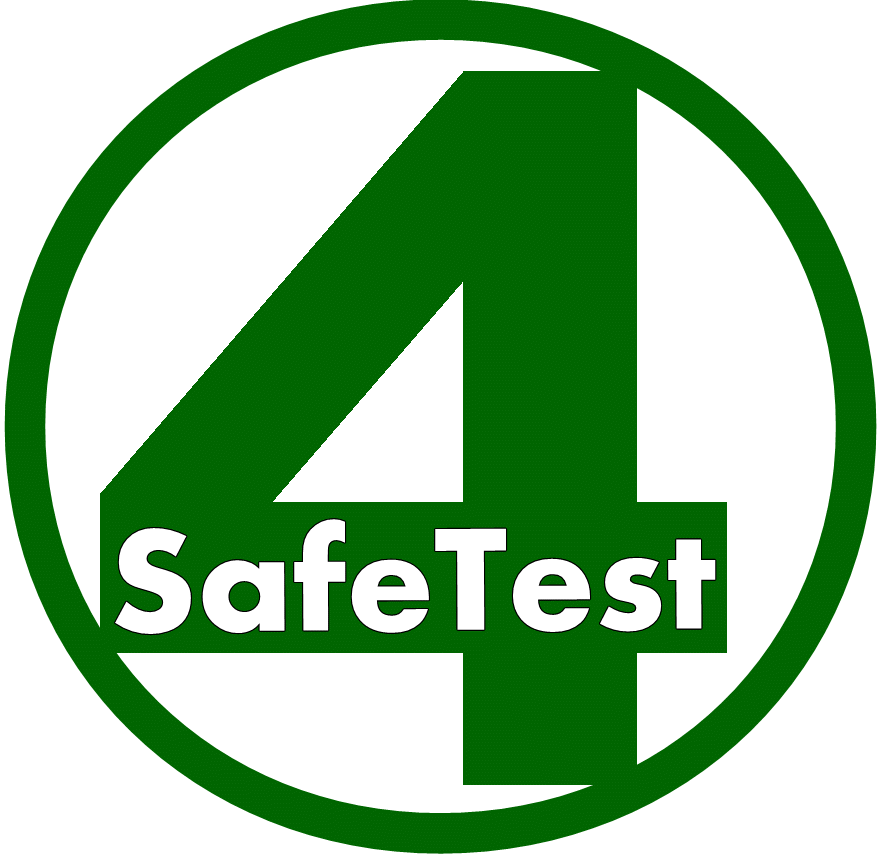
Test Kit 4 - Ehrlich Reagent Set

Full Product Description:
Reagent Test Kit - £10.95: Marquis reagent, Ehrlich reagent, Liebermann reagent & Mecke Reagent.
Over 2mL per reagent bottle, generally ~ 2.25mL
Over 70 single drop test per standard reagent
We use Enhanced ultra-discreet packaging for all our deliveries
Note (New improved Methanol variant): This is not the SmartBlend (Ethanol/Hydrochloric acid variant which we used to stock 2015), but the modified Methanol variant which has a better shelf life.
Ehrlich Reagent (Methanol) Results: Psilocin, Psilocybin, 4-ACO-DMT, LSD, DMT, AMT, 5-MEO-AMT. 5-MEO-MIPT, 5-MEO-DMT will all produce a pink (may be after a short period ~ 15 seconds) changing to purple (clear > pink > purple/violet).
MARQUIS Reagent (RED):
Presumptive identification of Amphetamine-type compounds (Speed etc) including Methamphetamine, MDMA (Ecstasy/Molly), MDA, MDE, Opiates (Morphine, Codeine or Heroin), a general screening agent for other drugs e.g. Research Chemicals etc.
-
Can test for the presence of about 180 different substances in total
EHRLICH Reagent (DARK BLUE):
"DMAB test", is a chemical test to identify indoles. It is primarily used to identify psychoactive compounds such as tryptamines and ergoloids (i.e. LSD).
LIEBERMANN Reagent (WHITE):
Sometimes know as Analogue Reagent, it is generally used to test for cocaine, morphine, PMA and PMMA, MDMA, certain substances from the 2C and other Research Chemicals etc. Used as a secondary test that tells the difference between methamphetamine and amphetamine, between MDMA and MDA or between methylone and MDPV
-
Can test for the presence of about 120 different substances in total
MECKE Reagent (GREEN):
is generally used for the identification of heroin and other opiates (opium etc), certain substances from the 2C and DO groups / Research Chemicals etc.
-
Can test for the presence of about 120 different substances in total
Kit contains:
-
4 Reagent dropper bottles
-
Instructions
Testing:
-
Select a Reagent bottle – wear protective gloves
-
Remove the cap slowly & carefully & invert bottle directly over where you want to undertake the test
-
Gently squeeze one/two drops out of the bottle onto a white freshly cleaned (dry) CERAMIC (only) plate/dish/bowl – not patterned (CD’s work ok as well). If a colour reaction is seen before test substance was added the surface was not clean!
-
Wipe any excess from the cap area with a damp cloth – remember it is primarily acid – before replacing the cap firmly.
-
Scrape a tiny bit of your pill/powder (~6 salt sized grains) so it falls on to the reagent. No chunks or sugar granular sized grains
-
Observe the colour change right away i.e. any initial colour and any change up to a max of 1 minute (unless otherwise stated)
-
Repeat using a different Reagent with a new sample of your pill/powder.
Please read our section on Testing on the Overview page for more info on how to test and how to not test. As well as how to obtain better/more reliable test results.
An alternative method is to scrape a tiny bit of your pill/powder (~6 salt sized grains) and then add the reagent doing this may produce a slightly different visual result, which may be advantageous
Always use the safety gloves (provided).
If too much substance has been added and flooding occurs, and if there is room, GENTLY tilt the test surface so that a “tear” is produced. This will disperse the reacting liquid and make it easier to see the colour produced especially on a white background. However, do not let the “tear” get contaminated with other test drops or substances on test surface.
Use the substance/colour tables to interpret your results can be found under the Test Results Tables tab.
NOTE: These Reagents cannot give an indication of Purity, or Quantity of a Substance, they can only check for the Presence of a Substance. Some colours may be masked due to other substances present hence the benefit of different test Reagents.
Use the descriptive charts found at Enix 150 Reagent Tables for each of the individual Reagents for a comprehensive list of chemical/colour results http://en.wikipedia.org/wiki/User:Enix150/ReagentTables
Most reagents are primarily concentrated acid with other potentially dangerous chemicals and are strong enough to burn skin and clothing. Keep out of eyes and mouth. Wear gloves (supplied) when handling the bottle and cap. Wear protective eyewear. Never point towards face etc. If you get some on you/clothing, then immediately wash with soap and water. Wash testing surfaces with soap and water as well. Dispose of any unwanted reagent down the sink with running water and possibly baking soda (and ventilate). Store all testing kits away from any heat in a cool, dark place between uses. Keep well away from children. Do not ingest and avoid inhalation. Always use in a well ventilated area.
Wash, with water, and dry safety gloves if they have any liquid on.

